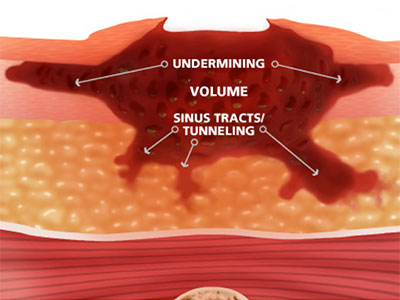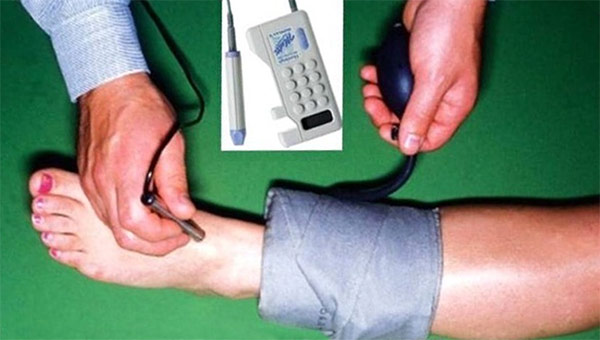Overview
Goals of the Back Pain Tool Kit
- Standardization of acute back pain with Evidence Based Practice
- Assist you with your clinical thought process
- Help you appropriately assess acute back pain
- Help you to decide when you should refer the patient to a specialist and/or further care like physical therapy or chiropractic care
- Provide you with patient education that can be printed and/or shared as well as other media that can be used at the point of care
Instructions for Using this Tool Kit
- Rule out or address red flags
- Use the STarT Back Screening Tool to assess pain & risk level
- Refer to the relevant Provider Guidelines for Low, Medium or Acute Risk
- Encourage patient education and self-care by sharing and discussing these resources:
- Review recommendations for the use of pharmacological options
- Remember, words matter! Be aware of your word choice and how your patient may interpret what you say.
- Refer to the guides linked below as needed during your assessment and follow-up.
Words matter!
Say this:
| What you say | What the patient hears |
|---|---|
| Your MRI doesn’t show anything to worry about | There is nothing seriously wrong with my back |
| The cause of your pain may not show up on an MRI | My pain is real |
| You should increase activity as tolerated | Activity is good for me |
| Your back problem should respond to chiropractic or physical therapy | I probably won’t need surgery |
| Working will not cause damage to your back | I will be able to return to work |
| There are many things you can do on your own to control your pain | I can learn to handle my pain |
| Opioid medications are not going to help your pain in the long run and will cause you more problems | These are not good medications for me |
Avoid this:
| What you say | What the patient hears |
|---|---|
| Your MRI shows degenerative changes/disc herniation/arthritis | I will never get better |
| There’s nothing wrong with your back | He/she thinks It’s all in my head |
| Stop when you feel pain | Activity will harm my back |
| Take it easy and rest | I should stay in bed |
| If chiropractic or physical therapy doesn’t work you may need surgery | I will need surgery |
| You should be able to work | He/she thinks I am faking |
| Pain is normal for someone your age | I’m going to get worse |
| I cannot prescribe opioid medications because of your history of substance abuse | I am being denied the treatment that will make me feel better |
Encourage, encourage, encourage!
“Movement with some pain is better than not moving at all.”
“Find what position or activity feels good and do more of it.”
“You will have less pain and faster healing with light activity – motion heals!”
Reference: Sherri Weiser-Horwitz, PhD, NYU School of Medicine















